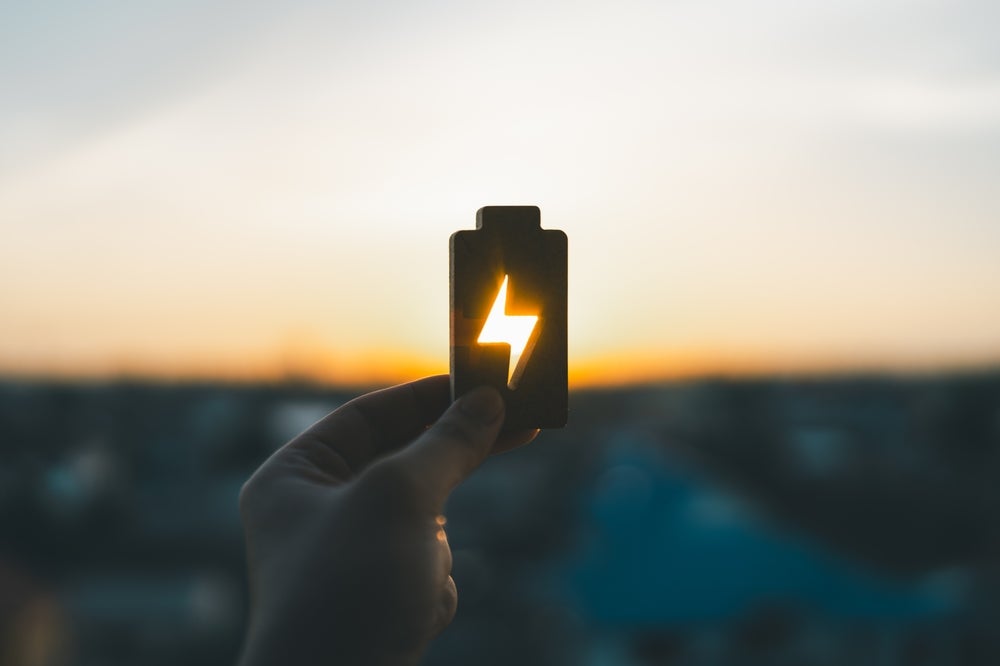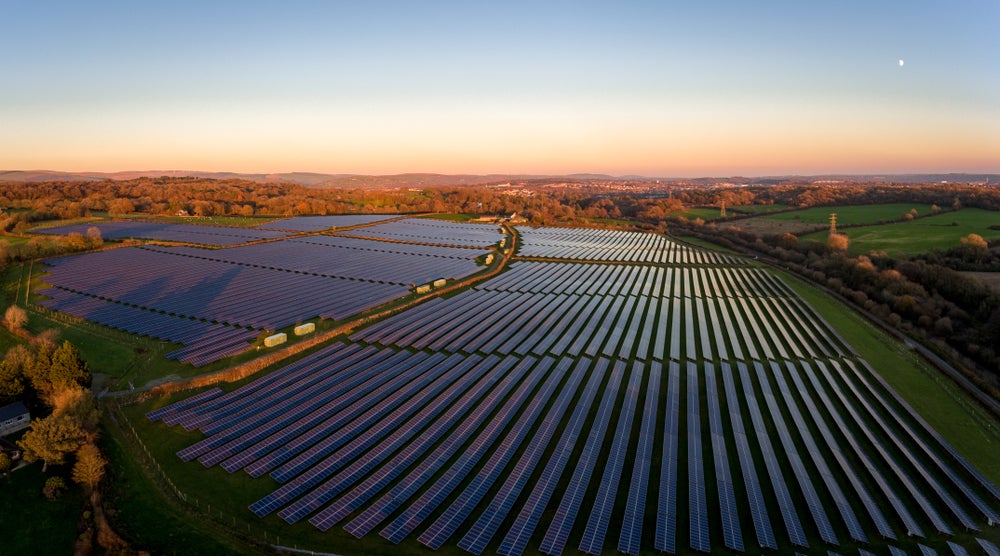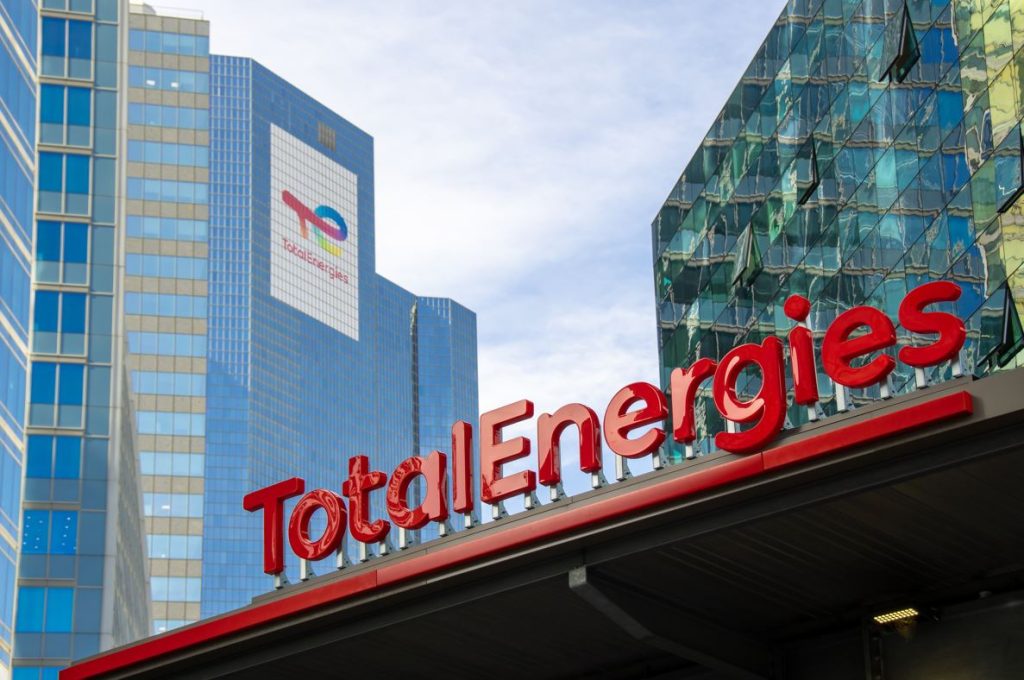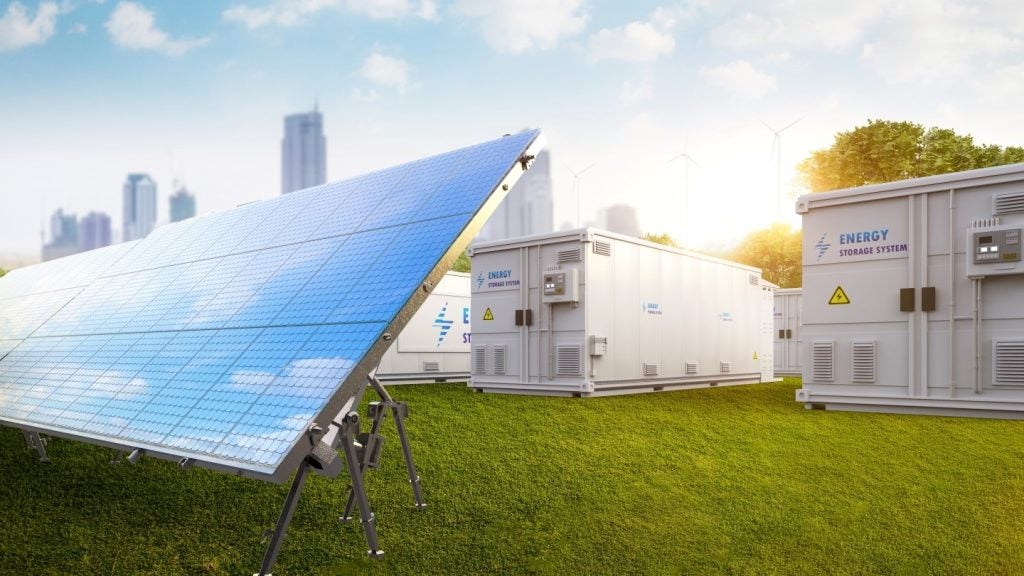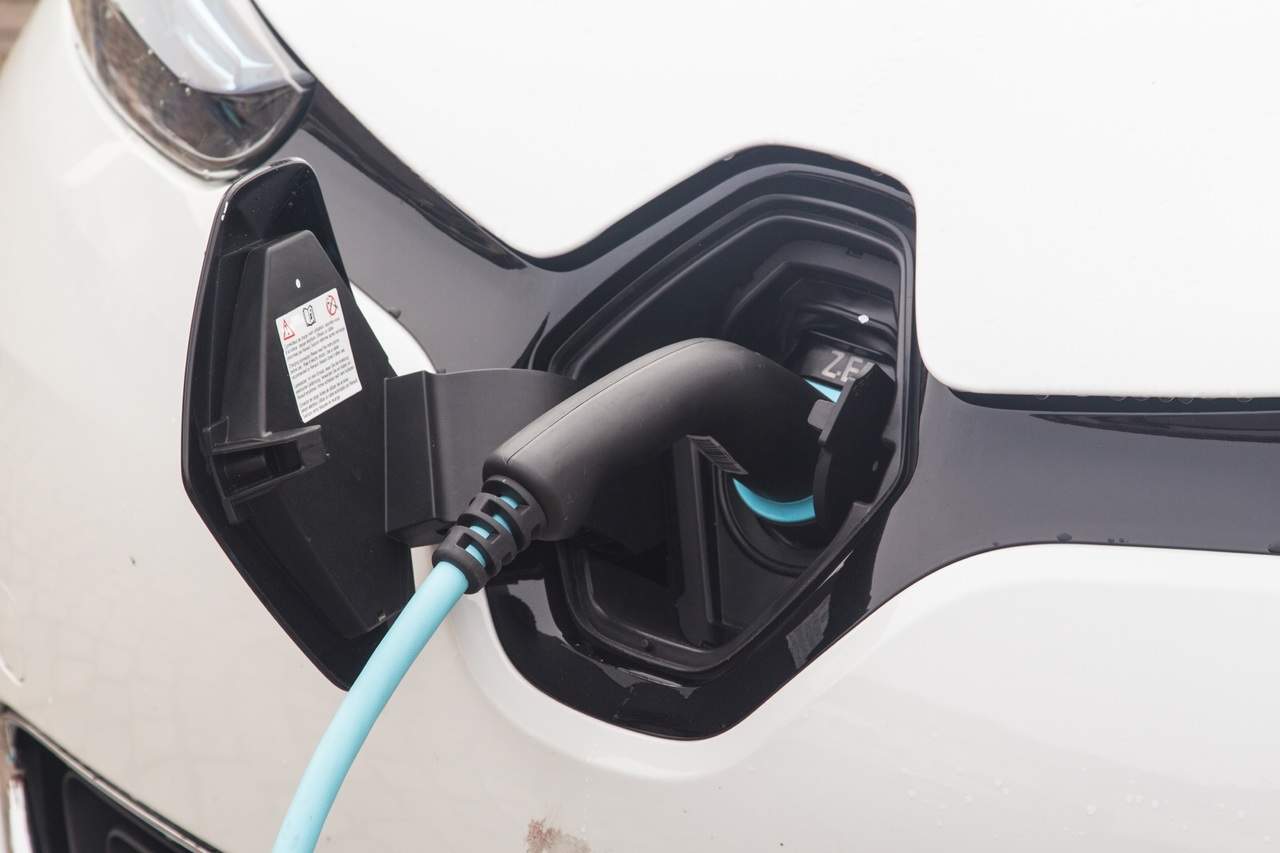
Currently, there are over three million electric and plug-in hybrid cars used worldwide. The best seller is the Nissan Leaf, of which 300,000 units had been sold globally by January 2018. In second place is the Tesla Model S, with 213,000 units sold as of December 2017.
Looking at these figures, it would be fair to assume that electric vehicles (EVs) are becoming common, as consumers become more proactive in mitigating their carbon footprint and as the infrastructure for EVs develops. However, when you consider that there were a whopping 79.02 million cars sold in 2017, the number of EVs pales in comparison.
One of the key points of contention with owning an EV is the lengthy time it takes to charge vehicles. A Nissan Leaf requires seven hours of charging to reach full capacity using a 208V-240V home-charging system, which according to the manufacturer, allows the driver to travel 100 miles (the US Environmental Protection Agency estimates it at closer to 73 miles).
“One of the major hurdles involves recharging rates,” says battery expert Stephen Voller, founder and CEO of UK-based ZapGo. “Currently available chargers are unable to supply electricity to an electric vehicle (EV) at anything close to the five minutes that is required to refuel a conventional gasoline-powered car. This is true not only for the 3kW charge available from standard wall sockets and 30kW street chargers, but even Tesla’s 120kW chargers and cutting-edge 350kW chargers. It is not feasible to expect drivers to wait for much longer periods while their vehicles recharge.”
Jonathan Moss, partner and head of transport at DWF, recently conducted a study gathering responses from 250 senior experts in the transport industry.
He says: “The immaturity of electric road vehicle technology was ranked by respondents as the greatest barrier to its adoption (51%), which is unsurprising considering the fragmented range of technologies. However, for those working as planners and commissioners, it is the lack of vehicle variety that tops the list of things holding electric vehicles back.”
How well do you really know your competitors?
Access the most comprehensive Company Profiles on the market, powered by GlobalData. Save hours of research. Gain competitive edge.

Thank you!
Your download email will arrive shortly
Not ready to buy yet? Download a free sample
We are confident about the unique quality of our Company Profiles. However, we want you to make the most beneficial decision for your business, so we offer a free sample that you can download by submitting the below form
By GlobalDataHow does the new liquid battery work?
Professor Lee Cronin and his team at the University of Glasgow are attempting to address these problems related to the time it takes to charge an EV. They have developed a new ‘hybrid-electric-hydrogen’ flow battery using the nano-molecule metal oxide, known as ‘exotic rust’, which can store electric power or hydrogen gas, according to a recent paper published in the Nature Chemistry journal.
The flow battery stores energy and releases power on demand as either electric power or hydrogen to be used as fuel. Concentrated liquids containing the ‘exotic rust’ can store up to ten times the amount of energy than conventional batteries. The energy can be released as electricity or hydrogen gas, providing flexibility in situations that may require either electric power or fuel.
The resulting material – a pumpable liquid – allows the owner to fill up their car in a matter of seconds. The old battery liquid would be removed quickly before the new liquid is pumped into the tank. Under this system, drivers would use one nozzle at a garage forecourt pump to remove the spent liquid and then pump in the fresh liquid using a second nozzle. What’s more, the team at Glasgow said that the battery liquid would provide just as much range as conventional petrol.
Benefits of the liquid battery
Cronin is convinced of the potential benefits of the new system, which could help to provide a much-needed impetus for the popularity of EVs, as well as renewable energy storage, and electric-to-gas energy systems for when the necessity for fuel is unavoidable.
He explains that “the benefits are the extra increased energy density, the very long lifetime of the system, and the ability to ‘refuel’ by just changing the liquid like at a petrol station if it was to ‘refuel’ an electric car – note the old liquid would have to be collected and recharged.
“Also, the system can release the energy as either electric power or hydrogen gas. This means in stationary situations the system could be used to give renewable hydrogen, say, to heat a home that did not have a gas supply or replace a fossil fuel supply. The system would be recharged using either cheap grid power, or renewable wind or solar.”
Furthermore, the liquid is not too difficult to produce and the flow battery does not deteriorate in the same way a conventional battery does.
Alternatives to the liquid battery
According to ZapGo’s Voller, the issue with the liquid battery concept is that “installing new grid infrastructure at charging stations that can handle very fast charging rates has been viewed as cost-prohibitive.”
He adds: “One potential solution is to utilise Carbon-Ion (C-Ion) cells, developed by ZapGo, which allow energy to be safely transferred to EVs using extreme fast charging rates. Banks of C-Ion cells can be used to buffer the grid, and very-high-rate direct current (DC) chargers could then be connected to the C-Ion banks operating at 350kW, 450kW, or even as high as 1,000kW. These DC chargers could be installed at filling stations without the need to install new grid infrastructure.”
“If incorporated into an EV, C-Ion could make it possible to transfer charge at rates of up to 1,000kW, higher than anything currently available, and reduce the recharge time to as little as five minutes.”
Tesla is also working on projects to make EVs more competitive while reducing the time it takes to charge vehicles, particularly for the commercial transportation of goods.
“Tesla envisages a new breed of truck – the ‘Semi’ – which, it says, ‘does 0-60mph in 20 seconds with a full 80,000-pound load, a task that takes a diesel truck about a minute’,” says Moss.
“These will be powered using new high-speed DC charging devices called ‘Megachargers’, which will ‘add around 400 miles in 30 minutes and can be installed at origin or destination points and along heavily trafficked routes, enabling recharging during loading, unloading and driver breaks’.”



